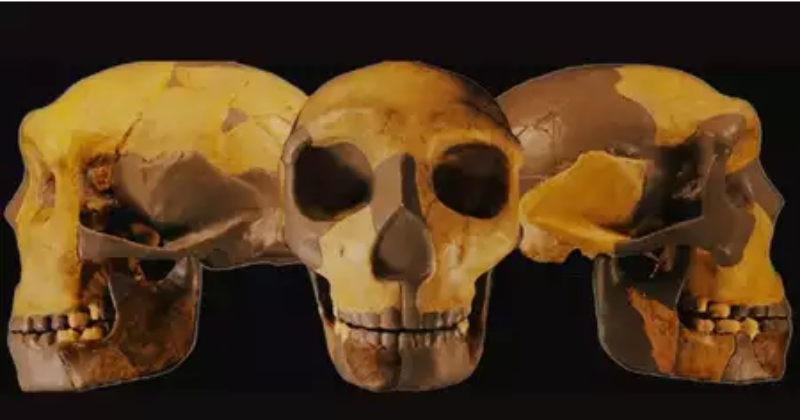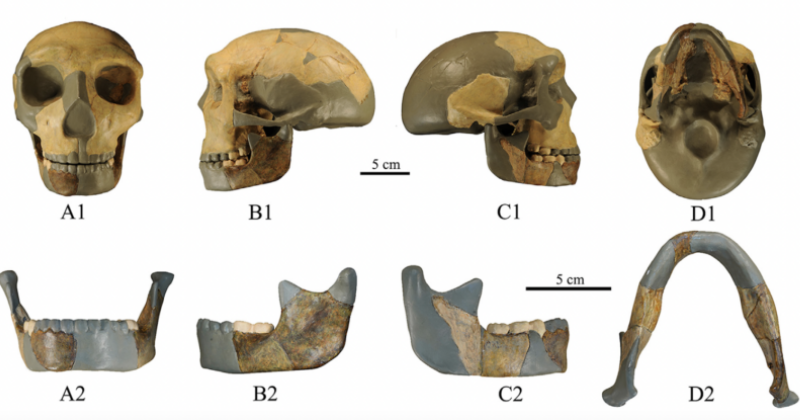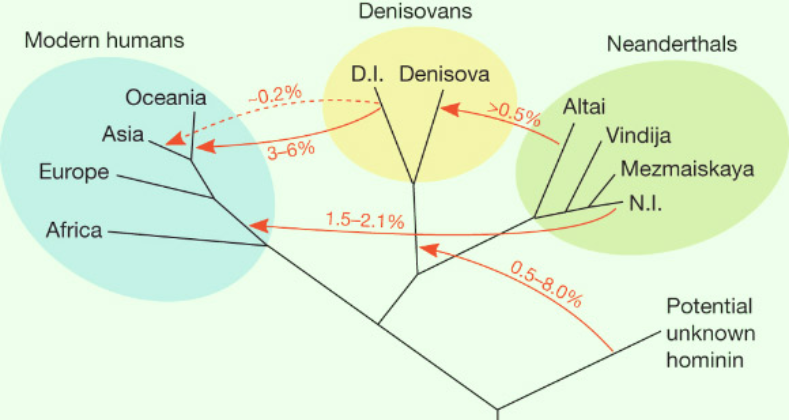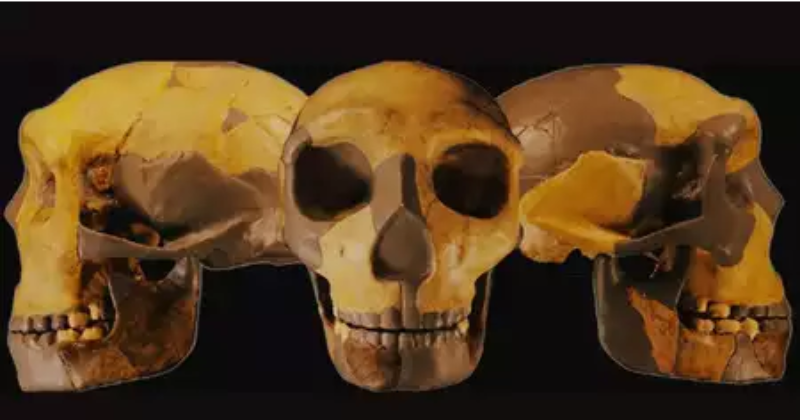An international team of experts has reported an ancient human fossil discovered in China that is unlike any other hominin ever discovered.
It bears no resemblance to the lineage that gave rise to Neanderthals, Denisovans, or ourselves, implying that our current picture of the human family tree requires another branch.
Jump To
- Found ancient skulls bear no resemblance to human traits
- The fossilised jaw and skull belonged to a 12- or 13-year-old
Found ancient skulls bear no resemblance to human traits
 Journal of Human Evolution
Journal of Human Evolution
The jaw, skull, and leg bones of this unclassified hominin, known as HLD 6, were discovered in Hualongdong, East Asia, in 2019. Experts at the Chinese Academy of Sciences (CAS) have tried to match the remains to a known lineage in the years thereafter.
The face of the hominin is structured similarly to that of the current human lineage, which diverged from Homo erectus 750,000 years ago. However, the lack of a chin suggests that the individual is a Denisovan – an extinct species of ancient hominids in Asia that split from Neanderthals more than 400,000 years ago.
Researchers at CAS believe they have discovered an entirely new lineage – a hybrid between the branch that gave us modern humans and the branch that gave us other ancient hominins in the region, such as Denisovans – while working alongside researchers from China’s Xi’an Jiaotong University, the United Kingdom’s University of York, and Spain’s National Research Centre on Human Evolution.
Historically, many Pleistocene hominid fossils discovered in China have not easily fit into any one lineage. As a result, such remains are frequently explained away as intermediate variants on a direct path to modern humans; for example, as an archaic example of a Homo sapien or an advanced type of Homo erectus.
However, this relatively straight and simplistic view is contentious and not universally accepted. While Homo erectus lived in Indonesia until around 100,000 years ago, the bones recently discovered in East China bear a stronger resemblance to other, more modern human lineages.
Genome investigations on Neanderthal bones in Europe and Western Asia previously discovered evidence of a fourth lineage of hominins living in the Middle to Late Pleistocene.
However, this unidentified group has never been found in the fossil record.
Perhaps the recently discovered hominid remains in China represent a missing piece of the puzzle.
The fossilised jaw and skull belonged to a 12- or 13-year-old
The fossilised jaw and skull belonged to a 12- or 13-year-old, and while its face had modern-human features, the limbs, skull cap, and jaw “seem to reflect more primitive traits,” according to the study’s authors.
 Journal Of Human Evolution
Journal Of Human Evolution
Their findings complicate the road to modern humans. Instead, the mosaic of physical traits observed in this ancient hominin indicates the coexistence of three lineages in Asia: H. erectus, Denisovan, and this other branch that is “phylogenetically close” to us.
Although Homo sapiens did not appear in China until roughly 120,000 years ago, it appears that some of our ‘modern’ characteristics existed here much earlier. It is possible that the last common ancestor of humans and Neanderthals emerged in southwest Asia and dispersed to all continents.
 Kay Prüfer et al., Nature, 2014
Kay Prüfer et al., Nature, 2014
More archaeological investigation will be needed to confirm that notion.
What do you think about this? Tell us in the comments.
For more trending stories, follow us on Telegram.
Categories: Trending
Source: vtt.edu.vn
